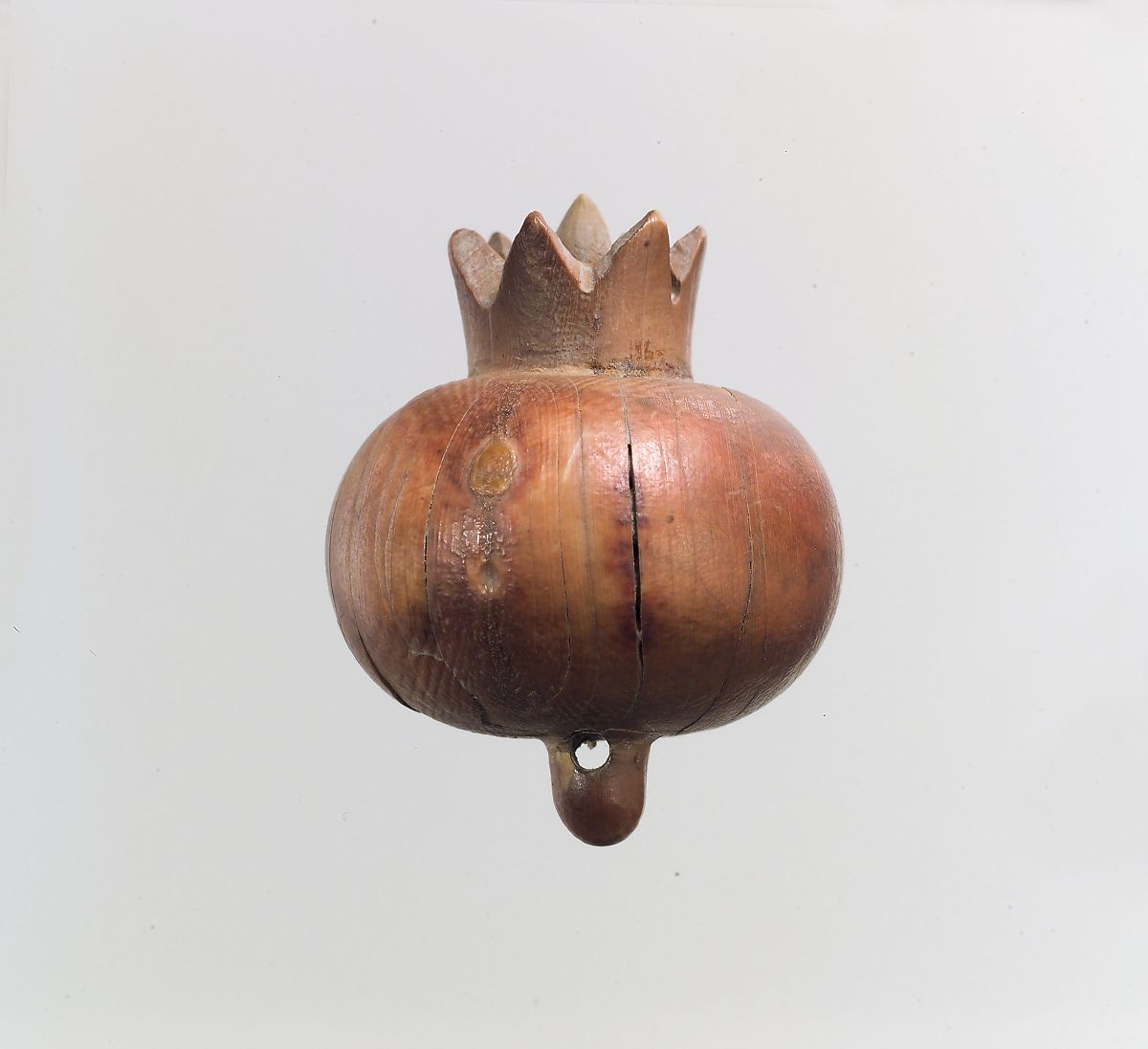#62. POMEGRANATE / MAGRANA
So that we actually feel the rapture of being alive / De manera que realment sentim l’èxtasi d'estar vius
Two teeth have left
a trace of pomegranate
on my breast, when you still
have none to sink
into what is melting away.
Maria Mercè Marçal (Translation by Sam Abrams)
POMEGRANATE
Each grain of a pomegranate contains in itself the whole pomegranate, and all the grains together, organized in harmony, constitute a complete fruit: an autonomous reality. Sunflower pipes share symbology with the grains of the pomegranates: the multiplicity of individualities comes together simultaneously with the oneness. In ancient Egypt, they buried people with a pomegranate to wish them abundance in the other life. It is believed that the Carthaginians introduced it to the Mediterranean region as a result of the Punic Wars, and therefore the scientific name is Punica granatum. The Greeks and Romans incorporated it into their diet and attributed the plantation of the first pomegranate tree to the goddess Aphrodite/Venus. In the Far East, pomegranate is linked to fertility and is a gift to the grooms to wish them much offspring. Christian mysticism views the grains of the pomegranate as the image of the many facets of divine perfection within a heavenly and round whole. In the Bible it appears as a symbol of the unit of the universe. The Homeric hymn to Demeter narrates how Hades seduced Persephone and took her to hell after offering her a pomegranate. The priests of Demeter’s temple in Eleusis were crowned with branches of pomegranate tree in their sacred rituals, but pomegranates were forbidden for initiates in the Eleusinian mysteries: the sweet tempting ephemeral pleasure condemned Persephone and separated her from the eternal spirit.
“People say that what we’re all seeking is a meaning for life. I don’t think that’s what we’re really seeking. I think that what we’re seeking is an experience of being alive, so that our life experiences on the purely physical plane will have resonances with our own innermost being and reality, so that we actually feel the rapture of being alive.”
Joseph Campbell
Dues dents han deixat
un rastre de magrana
al meu pit, quan encara
tu no en tens per clavar-les
en allò que se't fon.
Maria Mercè Marçal
MAGRANA
Cada gra d’una magrana conté en sí mateixa la totalitat del magraner i tots els grans junts, organitzats en harmonia, constitueixen un fruit complet: una realitat autònoma. Les pipes del gira-sol comparteix simbologia amb els grans de les magranes: la multiplicitat d’individualitats conviu simultàniament amb la unitat. A l’antic Egipte enterraven les persones amb una magrana per desitjar-los abundància a l’altra vida. Es creu que els cartaginesos la van introduir a la regió mediterrània arran de les guerres púniques i, per això, el nom científic és Punica granatum. Els grecs i romans la van incorporar a la seva dieta i atribuïen la plantació del primer magraner a la deessa Afrodita/Venus. A l’Orient Llunyà, la magrana està vinculada a la fertilitat i és un regal que es fa als nuvis per desitjar-los molta descendència. La mística cristiana veu els grans de la magrana com la imatge de la multitud de facetes de la perfecció divina dins d’una totalitat celestial i rodona. A la Bíblia apareix com a símbol de la unitat de l’univers. L’himne homèric a Demèter narra com Hades va seduir Persèfone a baixar a l’infern fent-li menjar grans de magrana. Els sacerdots del temple a Demèter d’Elèusis anaven coronats amb branques de magraner en els seus rituals sagrats però els iniciats en els misteris eleusins tenien prohibides les magranes: la dolçor temptadora del plaer efímer va condemnar Persèfone i la va allunyar de l’eternitat de l’esperit.
“La gent diu que tothom busca el sentit de la vida. No crec que això sigui el que busquem. Crec que el que busquem és l’experiència d'estar vius, que les nostres experiències de vida en el pla purament físic tinguin ressonàncies amb el propi ésser i realitat més interior, de manera que realment sentim l’èxtasi d'estar vius.”
Joseph Campbell










